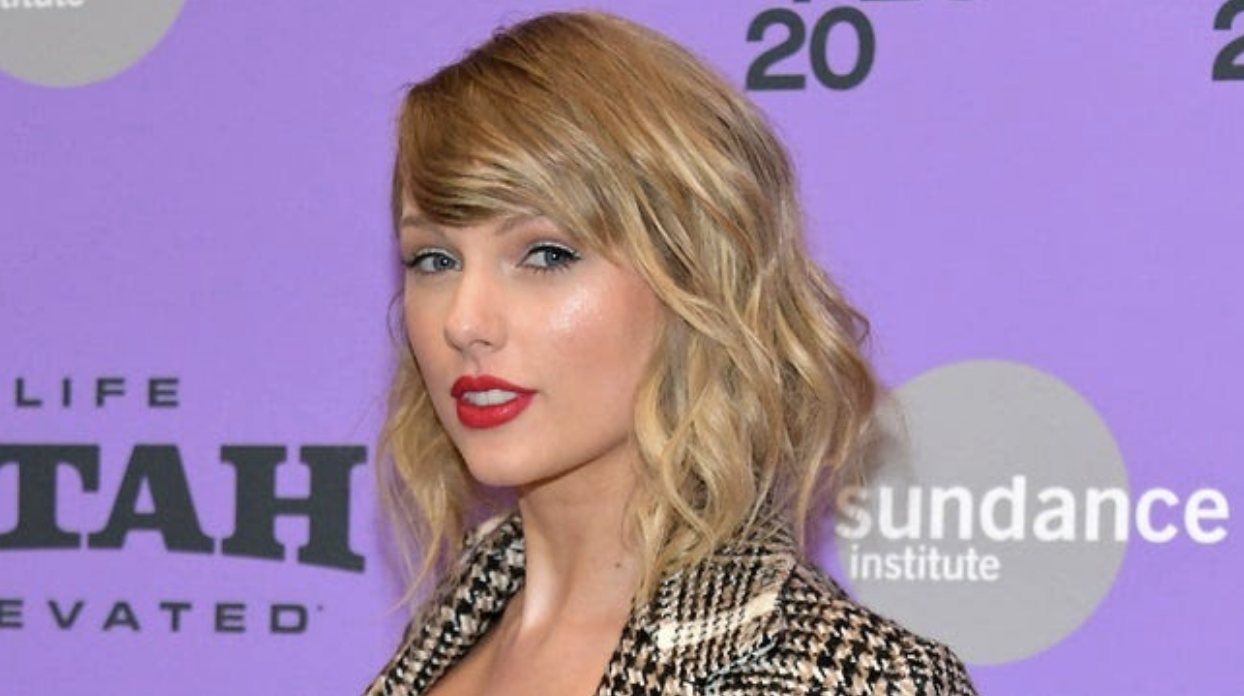'Boys State': the U.S. at its Worst and its Best
Imagine a group of over 1,000 17-year-old boys in Texas. Now imagine them debating gun control. Imagine them running for office. Imagine them voting for impeachment. This is what Boys State, a Sundance award-winning documentary directed by Jesse Moss and Amanda McBaine, has to offer the audience. Yes, you should be scared. Considering the fact that serious politicians have attended the Boys State program including Dick Cheney, Cory Booker, and Bill Clinton, it’s not an unfounded claim to recognize that the boys in the film may represent our nation’s future. Boys State tackles civil discourse, corruption, and compassion with a witty Wes Anderson-reminiscent tone, all while sending an important message to the audience: politics can be messy, but that doesn’t mean we should give up.
The idea of so many Texas teens clustered together in one room evokes an image that is very white and conservative. However, two out of four of the documentary’s main subjects are people of color: René Otero and Steven Garza. Both of them are relatively liberal, especially compared to the other Boys State attendees portrayed on the big screen. All of them still manage to find common ground: playing basketball, collecting signatures for the election, and auditioning for the talent show.
Steven decides to run for a position in his party, the Nationalists. During his campaign, the opposite side digs up intel on him: Steven organized a March for Our Lives protest the past year. Gun control is a hot topic that year at Boys State. On this, the boys are divided, even among their own parties. However, Steven is able to reach across to the opposing side and find the things they agree on. He is elected as the Nationalist candidate for governor. It’s a tight race, and Steven ends up losing, but he makes a lot of friends along the way.
Boys State represents the United States in an unsettlingly accurate way: borderline-scary devotion to a faceless entity of our government and our nation. It depicts some politicians’ obsession with winning above all else, and the difficulty of being a contrary voice in a crowd. It also represents the U.S. on a more literal level: a lot of white men.
At some points during the movie, the only thing the Federalists can agree on is that they hate the Nationalists. Kids shout out complaints against anything the party as a whole doesn’t like, even if they don’t know the facts. Still, they show a surprising amount of empathy and a strong sense of camaraderie, an ability to encourage each other and see past their differences. They have real conversations between them about what they want to accomplish, on a personal level and a political level. This, too, represents America.
Boys State is humorous and cringe-worthy, given that it’s about 17-year-olds (I’m allowed to say that because I’m 17), but it’s also surprisingly heartfelt. People are complicated. That doesn’t mean I’m about to hug Mike Pence, but it’s still something to consider.






